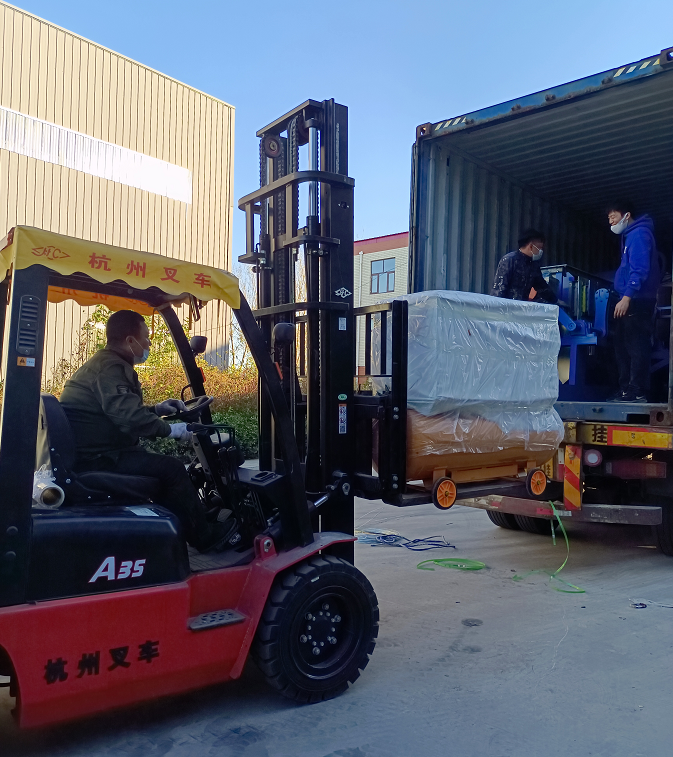evaporative pad cooling
Dec . 05, 2024 15:25 Back to list
evaporative pad cooling
The Benefits and Mechanism of Evaporative Pad Cooling
Evaporative cooling, a centuries-old technique, has gained popularity in various applications, particularly in climate-controlled environments. One of the most efficient methods within this concept is the use of evaporative pads, which play a crucial role in cooling systems, especially in regions with low humidity. This article explores the mechanics of evaporative pad cooling, its benefits, applications, and considerations for effective use.
How Evaporative Pad Cooling Works
Evaporative cooling is based on the principle of heat absorption during the evaporation of water. When warm air passes through a wet medium, such as evaporative pads, the water evaporates and absorbs a significant amount of heat, thereby cooling the air before it enters the space to be conditioned. Evaporative pads are typically made from cellulose or synthetic materials designed to maximize the surface area, facilitating quicker evaporation.
In a typical evaporative cooling system, the pads are saturated with water, which can be supplied manually or automatically via a pump and reservoir system. When hot air is drawn into the system, it encounters these wet pads. As the air flows through the pads, moisture evaporates into the air, resulting in a drop in temperature, sometimes by as much as 20 to 30 degrees Fahrenheit. This cooled air is then circulated into the desired environment, providing efficient and natural cooling.
Benefits of Evaporative Pad Cooling
1. Energy Efficiency One of the primary advantages of evaporative pad cooling is its energy efficiency. Compared to traditional air conditioning systems, which rely on refrigerants and compressors, evaporative coolers consume significantly less energy. This can lead to substantial cost savings on utility bills, especially during hot months.
2. Environmental Impact Evaporative cooling systems utilize water as the cooling medium, reducing reliance on chemical refrigerants, which can be harmful to the environment. This garden-friendly approach helps to lower the carbon footprint, making it an appealing choice for eco-conscious consumers.
evaporative pad cooling

3. Improved Indoor Air Quality These systems not only cool the air but also increase humidity levels, which can mitigate issues related to dry air such as skin irritation, respiratory problems, and static electricity. The introduction of fresh air through evaporative cooling also helps reduce indoor pollutants, contributing to a healthier indoor environment.
4. Cost-Effective Installation and Maintenance Evaporative cooling systems are generally cheaper to install than traditional air conditioning systems. Maintenance requirements are also lower, as they typically involve routine cleaning of the pads and ensuring that the water supply remains consistent.
5. Natural Cooling Evaporative pad coolers produce fresh, breathable air, unlike conventional air conditioning systems that recirculate air. This continuous flow of fresh air can enhance comfort levels and improve overall well-being.
Considerations for Effective Use
Despite their numerous advantages, evaporative pad cooling systems do come with considerations that must be addressed to maximize their potential. They are most effective in dry climates where humidity levels are low; when humidity is high, the efficiency of evaporative cooling can significantly decrease. Additionally, the system requires a consistent water supply, and in areas where water is scarce, this may pose a challenge.
Proper maintenance is crucial to keep the pads functioning efficiently. Regular cleaning prevents the buildup of dirt and minerals that can hinder water absorption and evaporation, ensuring the system operates optimally. Users should also monitor humidity levels to avoid over-saturation, which can lead to mold and mildew problems.
Conclusion
Evaporative pad cooling represents a sustainable and cost-effective solution for managing indoor climates, particularly in dry conditions. By leveraging the natural process of evaporation, it provides a practical alternative to traditional air conditioning systems, emphasizing energy efficiency, environmental benefits, and improved air quality. With careful consideration and proper maintenance, evaporative pad cooling systems can significantly enhance comfort while supporting eco-friendly practices. As the world increasingly embraces sustainability, techniques like evaporative cooling are poised to play a vital role in our approach to climate control.
-
Automatic Feeding Line System-Pan Feeder Nipple Drinker|Anping County Yize Metal Products Co., Ltd.
NewsJul.29,2025
-
Hot Sale 24 & 18 Door Rabbit Cages - Premium Breeding Solutions
NewsJul.25,2025
-
Automatic Feeding Line System Pan Feeder Nipple Drinker - Anping County Yize Metal Products Co., Ltd.
NewsJul.21,2025
-
Automatic Feeding Line System Pan Feeder Nipple Drinker - Anping County Yize Metal Products Co., Ltd.
NewsJul.21,2025
-
Automatic Feeding Line System - Anping Yize | Precision & Nipple
NewsJul.21,2025
-
Automatic Feeding Line System - Anping Yize | Precision & Nipple
NewsJul.21,2025






